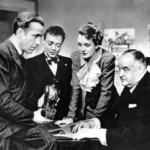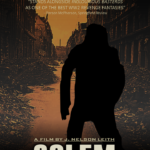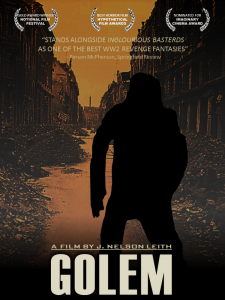
 The other day I made an argument for follow-up material to elevator pitches. My real point was about what makes stories actually work, and that it has nothing to do with a high-concept premise, an engaging summary, or a captivating elevator pitch.
The other day I made an argument for follow-up material to elevator pitches. My real point was about what makes stories actually work, and that it has nothing to do with a high-concept premise, an engaging summary, or a captivating elevator pitch.
But, as part of this, I was defending my practice of including follow-up material, including episode-by-episode or scene-by-scene outlines, with elevator pitches I feel really passionate about like Ocean City and Golem.
Recently, though, I’ve been working on a pitch for a period drama, and want to interweave the fictional character dynamics with real-world characters and events in a way that’s reminiscent of Black Sails and Downton Abbey. Noting how well the latter series has been building up to the historical crisis point of Nazi Germany, I want to do a full episodic outline of the first series with projected sketches for the subsequent four seasons leading to the well-known incident in American history.
An incident that shall remain nameless until I post the pitch. No spoilers! (As Doc Holliday said in Tombstone, my hypocrisy knows no bounds.)
The experience is giving me a real appreciation for the teamwork that goes into writing for a real television series, and the engrossing nature of doing this sort of work for a living. I have an editorial “day job” after all, and just trying to find the right threads to weave together has taken a surprising amount of time and research, even at the mere outline level of development.
New Girl creator Elizabeth Meriweather confessed on an episode of The Writers’ Room that she struggled with the need to leave a lot of the writing to others. I feel I’ve been pre-inocculated against that.

 Get this: Reboots, remakes, and adaptations are all the rage, so why not create a premium channel dedicated to them?
Get this: Reboots, remakes, and adaptations are all the rage, so why not create a premium channel dedicated to them?

 Awful sitcom pitch:
Awful sitcom pitch:


 Business Insider recently published a map showing the
Business Insider recently published a map showing the 




